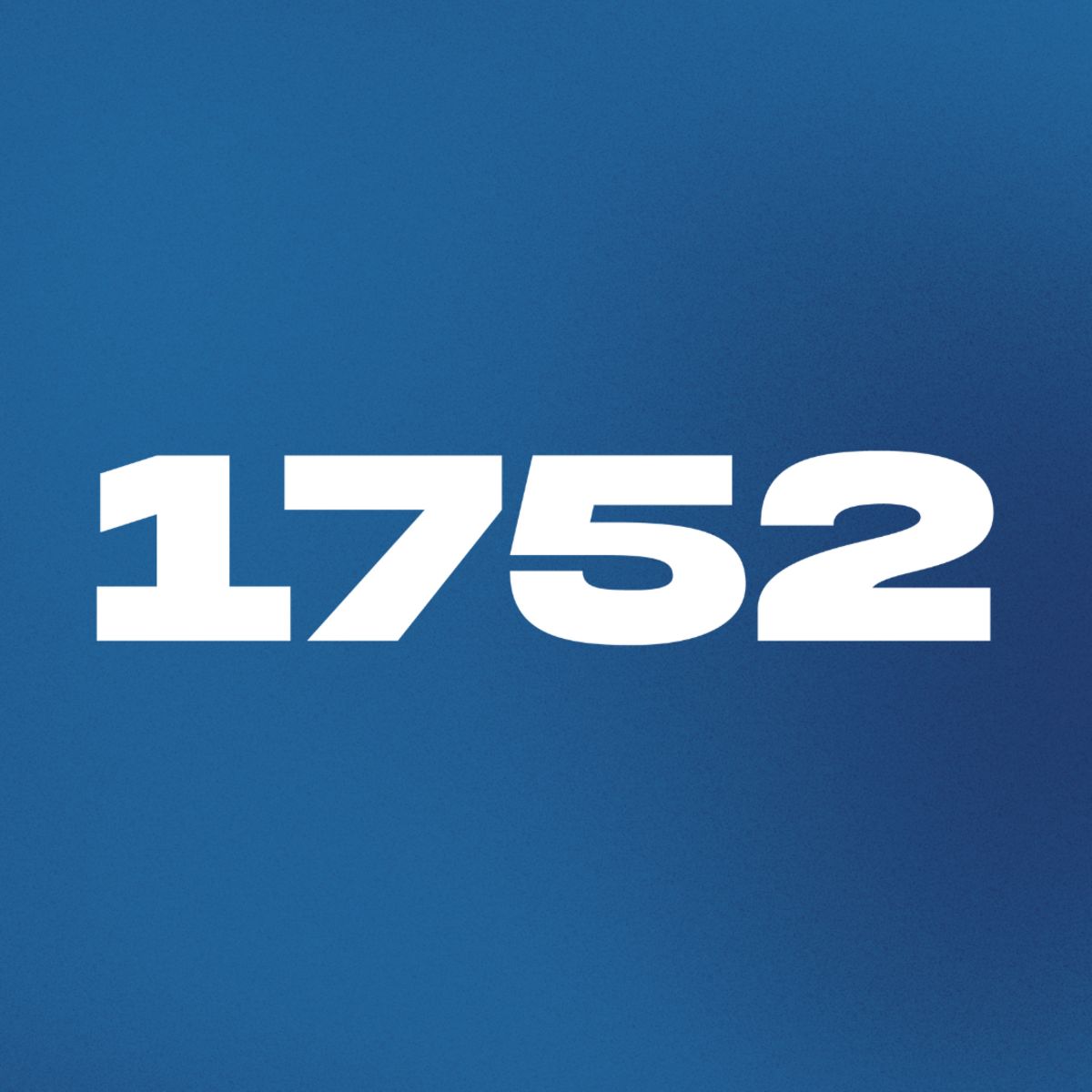In partnership with porkbun

Level Up With a Domain Name From Porkbun
Grow your latest venture with a domain name from Porkbun. Named the #1 domain registrar 3 years in a row by USA Today, they offer hundreds of domains like .com, .tech, .shop, and others at cost — without the markup other registrars have.
Plus every domain at Porkbun comes with free WHOIS privacy, SSL certificates, Cloudflare DNS, and more. All backed by 24/7 personalized support 365 days a year. Check out Porkbun and save $1 off your domain name now.

Traction cuts through the noise in the chaotic early stages of building a startup. Investors, advisors, and even your team look to traction as a compass—proof that you’re headed in the right direction. Whether seeking funding or fine-tuning your business, traction is the ultimate validator. It shows that your product solves a real problem, customers respond, and growth is within reach.
In this article, we’ll explore:
1. What traction is and why it’s crucial.
2. The types of traction and how to measure them.
3. How traction reveals insights into your problem, sales process, and growth strategies.
4. Why sales—and traction—solve all startup problems.
What Is Traction?
Naval Ravikant famously described traction as “quantitative evidence of market demand.”
In simple terms, traction is measurable proof that people care about your product, are willing to engage, and—most importantly—are willing to pay for it.
Traction validates your startup idea in the real world, transforming theoretical solutions into tangible outcomes. It’s what separates good ideas from investable businesses.
Why Traction Matters: The Signal in the Noise
For startups, traction is the most critical metric for success, and its importance grows as the startup ecosystem matures. Why? Because traction:
1. Validates the Problem: A lack of traction often signals that the problem isn’t significant enough—or that your solution isn’t solving it.
2. Reduces Investor Risk: Startups are inherently risky, but traction mitigates that risk. It tells investors, “This works.”
3. Demonstrates Scalability: Early traction hints at your ability to scale. It proves that the potential product-market fit foundation is in place.
4. Attracts Customers, Talent, and Partnerships: Momentum and growth naturally draw others to join and support your mission.
As the saying goes:
“Sales solve all problems.”
While fundraising, building your team, or refining your product, revenue—or traction—solves each challenge by providing progress and generating cash flow.
Types of Traction: Choose Metrics That Matter
Traction isn’t one-size-fits-all. The type of traction depends on your industry, product, and business model.
Here are the most common types of traction, broken into categories:
1. Revenue-Based Traction
For SaaS and direct-to-consumer startups, revenue is king.
• Monthly Recurring Revenue (MRR): Consistent and predictable revenue from subscriptions.
• Annual Recurring Revenue (ARR): Yearly revenue from recurring contracts.
• Revenue Growth: Is your revenue increasing month over month (MoM)?
Example: A SaaS company that grows from $10K to $50K MRR in six months signals strong demand and sales execution.
2. Customer-Centric Traction
Are customers responding? This includes:
• Active Users: Daily (DAU) or Monthly Active Users (MAU).
• Customer Growth: New customer acquisition rates.
• Retention and Churn: How many customers are staying versus leaving?
• Customer Lifetime Value (CLV) vs. Customer Acquisition Cost (CAC): How much value you extract compared to what you spend to acquire.
Example: A marketplace startup with 20% MoM user growth and a 90% retention rate indicates deep product-market fit.
3. Transaction-Based Traction
For marketplaces and e-commerce:
• Gross Merchandise Value (GMV): Total value of goods transacted.
• Conversion Rates: Percentage of visitors converting into buyers.
• Average Order Value (AOV): How much customers spend per transaction.
Example: An e-commerce store achieving a 50% increase in GMV through repeat buyers signals strong traction and customer satisfaction.
4. Engagement-Based Traction
For social networks, consumer apps, or platforms:
• Session Time: Are users spending time engaging with your product?
• Frequency of Use: Daily usage, clicks, shares, or other engagement signals.
• Network Effects: Growth tied to new users attracting more users.
Example: A social app with 40% of its users engaging daily shows strong network effects and stickiness.
Level Up With a Domain Name From Porkbun
Grow your latest venture with a domain name from Porkbun. Named the #1 domain registrar 3 years in a row by USA Today, they offer hundreds of domains like .com, .tech, .shop, and others at cost — without the markup other registrars have.
Plus every domain at Porkbun comes with free WHOIS privacy, SSL certificates, Cloudflare DNS, and more. All backed by 24/7 personalized support 365 days a year. Check out Porkbun and save $1 off your domain name now.
Why Traction Reveals the Real Story
Traction isn’t just about numbers—it tells a deeper story about how you’re solving the problem and the nature of your sales strategy.
Relationship-Driven Sales vs. Cold Sales
The type of traction you generate gives VCs insight into how your startup is landing customers.
1. Relationship-Driven Sales: Early sales come from your network—warm introductions and referrals. While common early on, scaling beyond your network is crucial.
• Indicator: Revenue growth but low cold outreach conversions.
2. Cold Sales Solving a Problem: If you’re closing cold sales at scale, it signals that your solution solves a clear, urgent problem.
• Indicator: Strong revenue or user growth through cold outreach and paid acquisition.
Why It Matters:
VCs want to know if your business is scalable. Relationship-driven sales can get you started, but growth happens when you solve problems for customers you’ve never met.
Example:
• A cybersecurity SaaS startup closes its first enterprise client through relationships. The second enterprise client closes through a cold email campaign. This signals a product solving a real problem.
Why Sales Solves All Problems
There’s a reason “traction” and “sales” are often interchangeable:
• Need funding? Revenue demonstrates credibility and growth.
• Struggling with burn rate? Sales generate cash flow.
• Need to prove your product works? Paying customers validate product-market fit.
Traction is a forcing function. It highlights gaps in your model and pressures you to improve:
• If customers aren’t buying, is the pricing off, or does the product miss the mark?
• If churn is high, are you solving the wrong problem?
At its core, sales, and traction force you to refine your business to the point where growth becomes inevitable.
Traction + Momentum: A Winning Combination
Traction is what gets investors to look at you. Momentum is what makes them believe in your future.
Key metrics to prove momentum include:
• Month-over-Month (MoM) Growth: Revenue, active users, or customer acquisition.
• Retention and Churn: Low churn and high retention signal satisfaction and long-term growth.
• Speed of Execution: How quickly are you hitting milestones?
Final Thoughts: Traction Is the North Star
Traction isn’t just a buzzword; it’s the heartbeat of a successful startup.
• It validates the problem you’re solving.
• It highlights the scalability of your sales strategy.
• It signals to investors that your startup is a credible, high-growth opportunity.
By focusing on the right metrics and pairing traction with momentum, you unlock growth, funding, and success—because sales solve all problems.

Learn More
Visit us at pegasusangelaccelerator.com
For Aspiring Investors
Designed for aspiring venture capitalists and startup leaders, our program offers deep insights into venture operations, fund management, and growth strategies, all guided by seasoned industry experts.
Break the mold and dive into angel investing with a fresh perspective. Our program provides a comprehensive curriculum on innovative investment strategies, unique deal sourcing, and hands-on, real-world experiences, all guided by industry experts.
For Founders
Pegasus offers four exclusive programs tailored to help startups succeed—whether you're raising capital or need help with sales, we’ve got you covered.
Our highly selective, 12-week, remote-first accelerator is designed to help early-stage startups raise capital, scale quickly, and expand their networks. We invest $100K and provide direct access to 850+ mentors, strategic partners, and invaluable industry connections.
The ultimate self-paced startup academy, designed to guide you through every stage—whether it's building your business model, mastering unit economics, or navigating fundraising—with $1M in perks to fuel your growth and a direct path to $100K investment. The perfect next step after YC's Startup School or Founder University.
A 12-week accelerator helping early-stage DTC brands scale from early traction to repeatable, high-growth revenue. Powered by Pegasus' playbook and Shopline’s AI-driven platform, it combines real-world execution, data-driven strategy, and direct investor access to fuel brand success.
A 12-week, self-paced program designed to help founders turn ideas into scalable startups. Built by Pegasus & Spark XYZ, it provides expert guidance, a structured playbook, and investor access. Founders who execute effectively can position themselves for a potential $100K investment.
An all-in-one platform that connects startups, investors, and accelerators, streamlining fundraising, deal flow, and cohort management. Whether you're a founder raising capital, an investor sourcing deals, or an organization running programs, Sparkxyz provides the tools to power faster, more efficient collaboration and growth.
Apply now to join an exclusive group of high-potential startups!
